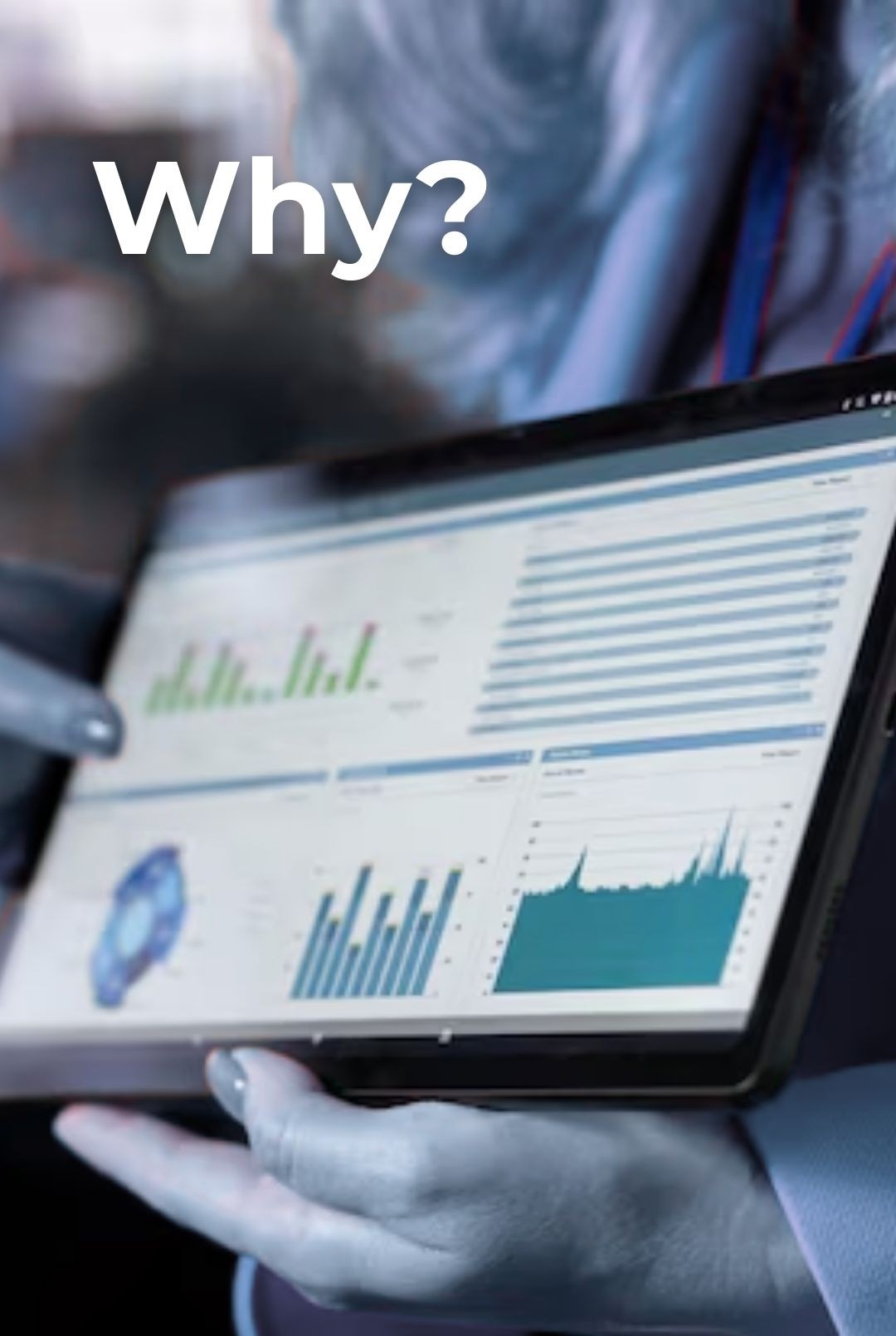Customer Data Platform Guide [2025]: Features, Benefits, and Key Trends
Why Customer Data Platforms Are Critical in 2025
Keeping up with customers’ needs gets harder every year. Data lives in more places—and privacy rules keep changing. That’s why more organizations are turning to Customer Data Platforms (CDPs) or CDP solutions to bring everything together.
A Customer Data Platform acts as a central hub for all customer information, combining data from every channel into a single, trusted source. In 2025, AI features, real-time processing, and smart no-code tools are making CDPs more powerful and accessible than ever. The market for Customer Data Management Platforms is on track to top $10 billion globally, with strong demand from sectors like retail, finance, and tourism.
CDP solutions are empowering marketing and customer experience teams to deliver quick, personalized campaigns, improve loyalty, and react instantly to customer actions. With third-party cookies fading out and strict privacy laws in place, companies rely on CDPs to manage consent, stay compliant, and build better relationships. Every brand that wants to compete on real-time customer personalization is moving CDP strategy to the top of its list.

Core Features and Capabilities of Modern CDPs
Today’s Customer Data Platform do a lot more than just centralize your customer information. The most advanced solutions pull data from every possible source, match up scattered details, clean up inconsistencies, and put deep insights right at your team’s fingertips.
1. Data Aggregation and Single Customer View
A top feature of any modern Customer Data Management Platforms is its ability to pull information from everywhere—websites, apps, in-store systems, CRMs, email platforms, call centers, and more. As this data arrives, the CDP standardizes and unifies it, meaning you get one clean record for each person who interacts with your brand.
- CDPs store attributes, behaviors, preferences, and historical actions in one persistent profile for every customer.
- These unified records let teams across marketing, sales, and support all work from the same playbook, cutting out silos and guesswork.
- Leading platforms like Salesforce, Segment, and Adobe Real-Time CDP are built to ingest data from dozens of sources and formats, turning fragmented information into a true 360-degree view.
2. Identity Resolution and Data Cleansing
Raw customer data is often messy names get spelled differently, emails change, and your systems might treat one person as three if their info isn’t matched correctly. CDP solutions use identity resolution to connect the dots and keep things tidy.
- These tools compare multiple fields (like email, phone, device IDs) to match and merge records.
- They strip out duplicates, fix formatting, and standardize everything so every individual is only counted once.
- Some platforms use AI-powered matching to increase accuracy, even when data isn’t perfect.
3. Real-Time Personalization and Automation
Once actions are triggered in real time, Customer Data Management Platforms also help teams plan future moves with advanced analytics.
Today’s CDPs aren’t just data warehouses. They turn raw data into power moves—delivering personal experiences at the exact right moment.
- With real-time customer personalization, Customer Data Management Platforms spot patterns as they happen and trigger actions instantly. For example, a customer abandons a cart and the system fires a personalized message in seconds.
- Context-aware automation means each message, offer, or site experience adapts based on the latest profile data—no more stale recommendations.
- Modern platforms, including Adobe Real-Time CDP and BlueConic, let you build marketing and support flows that react immediately, whether online or in-store.
4. Analytics and Predictive Modeling
The strongest Customer Data Platform (CDPs) come packed with built-in analytics and machine learning. Instead of just storing and sharing data, they help teams answer tough questions and predict what’s next.
- Smart segmentation lets brands group customers by detailed behaviors—not just age or location, but things like intent, lifecycle stage, or predicted churn risk.
- Predictive models find patterns in buying habits, forecast future actions, and help you prioritize leads or tailor campaigns.
- Out-of-the-box dashboards and reporting tools simplify tracking KPIs across channels and teams, from lifetime value to campaign impact.
Business Benefits of Implementing a CDP
Brands racing to stand out today need sharper tools than ever. A Customer Data Platform (CDP) does more than just store data; it unlocks a full spectrum of business benefits. A strong Customer Data Management Platforms sharpens marketing, boosts personalization, saves time, and strengthens teams. Here’s how a CDP changes the game for any business focused on growth and customer satisfaction.

1. Unified Customer Profiles Drive Marketing Effectiveness
One of the biggest wins with a CDP solutions is the power of unified customer profiles. When every team works from the same, always-updated view, poor targeting and missed opportunities fade away.
- Centralized insights: Marketers gain access to a full picture—past purchases, website visits, app use, and service interactions—all in one place.
- Consistent messaging: With unified profiles, marketing can deliver on-brand, relevant messages every time, whether it’s in email, ads, or in-app.
- Smarter spending: By knowing exactly where customers are in their journey, ad budgets stretch further and campaigns perform better. Recent research shows that companies with strong CDP adoption report higher marketing ROI.
2. Enhanced Personalization Across Channels
Personalization is more than using a first name. A CDP lets brands serve dynamic experiences based on real behavior, interests, and timing.
- Real-time relevance: Trigger product recommendations, offers, or support tailored to recent actions, whether online or in-store.
- Cross-channel harmony: Keep messaging consistent from an Instagram ad to a follow-up email or live chat support.
- Proven impact: Studies confirm that brands using CDPs see higher engagement, stronger loyalty, and greater customer lifetime value.
3. Operational Efficiency and Collaboration
Many businesses struggle with data spread across separate systems—marketing, sales, and IT using different tools and speaking different “languages.” A CDP tears down those silos, powering better teamwork and quicker results.
- Automated workflows: Reduce manual export/import chores and let your teams focus on creative tasks, not busywork.
- Shared dashboards: Give everyone access to key stats and reports in real time.
- Stronger alignment: When sales, marketing, and IT all use the same data source, decisions get faster and results come easier. This operational boost is outlined further in resources like BlueConic’s summary on CDP operational efficiency.
4. Data-Driven Decision Making and Customer Retention
A CDP isn’t just about storing data—it’s about turning it into action. With richer analytics and predictive tools, your team can make decisions rooted in fact, not guesswork.
- Clear metrics: Track campaign performance, segment engagement, and sales outcomes in one place.
- Predictive insights: Spot which customers might leave, who’s ready to buy, or which channel works best, then act before it’s too late.
- Lower churn, higher loyalty: By identifying at-risk customers in real time, teams can reach out with personalized offers or solutions, improving retention rates and trust.
Why CDPs Are a Smart Investment
As data privacy evolves and customer expectations grow, businesses need a central, intelligent way to understand and serve their audiences. Customer Data Platforms (CDPs) offer a unified approach to integrating data, personalizing experiences, and driving better business outcomes. By consolidating fragmented systems and unlocking powerful real-time insights, CDPs empower teams across departments to make smarter, faster decisions.
In 2025 and beyond, adopting a Customer Data Management Platforms is no longer just a technical upgrade—it’s a strategic move that defines how well businesses adapt, compete, and thrive in a customer-first world. Whether you’re looking to enhance marketing ROI, streamline operations, or improve customer retention, a well-implemented real-time customer personalization can be the foundation for sustainable growth and long-term success.